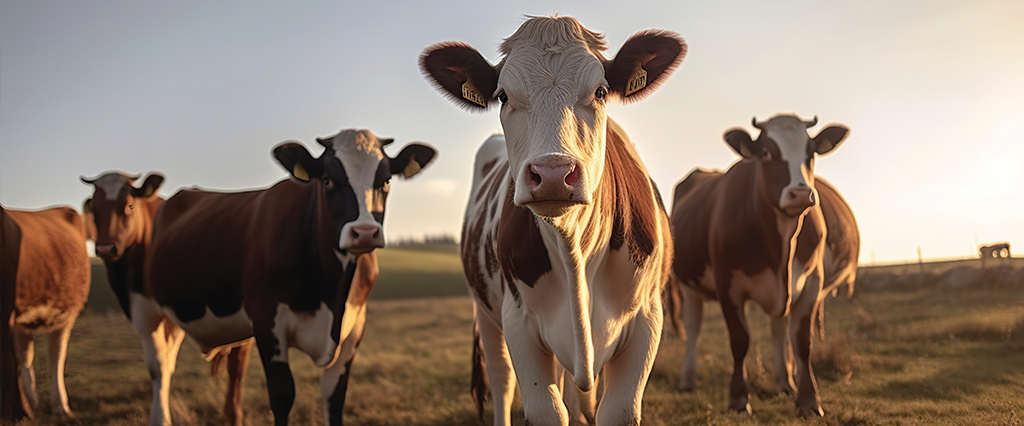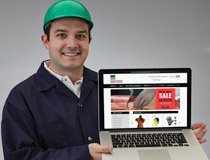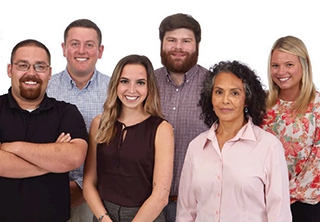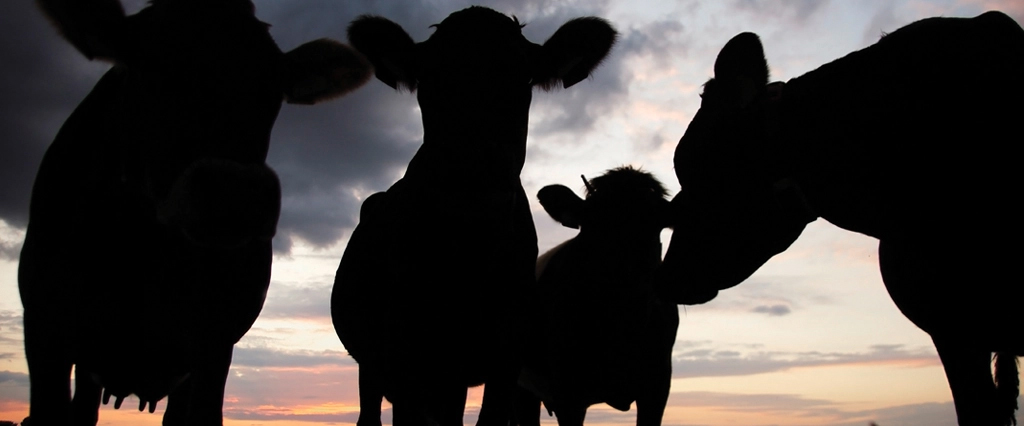
How Stunners are Part of a Humane Animal Slaughter Process
At Bunzl Processor Division, we are committed to helping animal slaughter plants of all sizes to harvest animals in the most humane, pain-free way possible. Although some smaller plants may still use traditional methods such as firearms, it is actually much more effective, safe, and compassionate to use stunners for animal slaughter. Let’s explore how stunners are integral to a humane animal slaughter process.
Why Humane Animal Slaughter Matters
The vast majority of animals raised in the United States are raised for human consumption, and rarely raised as pets. Because these animals exist primarily to provide sustenance for us, it’s important to show gratitude and respect in how we treat them, explains our Humane Stunning and Equipment Specialist, Chuck Bildstein.
“We’re raising animals for the production of food — for protein,” he says. “If we’re going to be raising animals for food, they need to be raised in a respectful manner and they need to be harvested in a respectful manner.”
Chuck emphasizes that the first priority when harvesting animals is human safety. Beyond that, the most important consideration is a humane slaughter process that’s kind to the animal. Both of these priorities are easily addressed with the proper tools, as well as an understanding of how to use them, to avoid human injury and guarantee a painless death for the animals.
What Makes Stunners Humane
Why are captive bolt stunners part of a humane animal slaughter process? They instantly render the animal unconscious and insensible to pain safely from the first shot. Weapons such as rifles or pistols are effective but dangerous to use in a plant. In addition, the type of weapon and bullet used needs to be correct for the species being harvested.
Types of Stunners and Stunning Methods
There are three main stunning methods: mechanical, electric, and CO2. Which stunner is right for your plant? The decision depends in large part on which animals you are harvesting, as well as your plant’s size and capacity. Though stunners are most frequently used for beef and swine, they have also been used for sheep, chickens, turkeys, sturgeon, bison, and even alligators!
Mechanical Stunning
The most common mechanical stunning tool is a captive bolt gun. This tool is powered by a blank cartridge which drives the stunning rod into the head of the animal, rendering it immediately unable to feel any pain.
The most common type of captive bolt stunner utilizes a penetrating bolt to stun. There are also non-penetrating captive bolt gun technologies for smaller animals (rabbits, chickens, turkey,alligator and fish) that operate based on the concussive force of the blow to the head to render the animal insensible to pain. There are also air-powered pneumatic stunners that high capacity beef plants use to stun beef animals. The pneumatic stunners are highly effective and require a minimum of 190 psi to operate correctly.
Electric Stunning
Typically used for hogs and sheep, electric stunning causes the animal to go unconscious by sending an electric current to the brain and heart, either simultaneously or through a two step process. There are some electric stunners that can accomplish the cardiac arrest process in a single step. This stunning method is instant, but not always fatal, so additional steps may be required to complete the slaughter process.
CO2 Stunning
This method is primarily used by very large animal harvesting plants that have the space and capacity for CO2 pits. It involves exposing the animals to high concentrations of CO2, eventually sending them unconscious. This method is often used for swine. It is important that with this method, the concentration of the gas must be monitored to ensure an effective stun to the animal.
How to Ensure a Humane Animal Slaughter Process with Stunners
A safe and humane animal slaughter procedure starts with having the right tools, but it certainly does not end there! Here are three more considerations you should incorporate into your stunning process to ensure it is stress-free for you, and pain-free for the animals.
1. Maintain Your Tools
Keeping your stunning tools in peak working condition is essential to a humane slaughter process. Every day, you should thoroughly clean and test your stunner before using it, as any malfunctions can result in a lot of pain to the animals or may lead to human injury. We have stunner testers for all stunners that BPD offers.
If you’re looking for more support maintaining and testing your stunner, look through our training videos for your stunner of choice.
2. Use Proper Restraint
Animals should always be secured and restrained effectively before stunning. For example, with beef, some type of head catch should be used on the beef knock box to secure the animal in place. When electrically stunning hogs, the animal should be restrained so it is not on its feet and mobile. This can be accomplished with a squeeze stun box. This will keep all parties involved safe, and will also help hold them still while you position and activate the stunner.
3. Have Correct Placement
Now that you know your stunner is working properly, make sure you’re using it properly! Incorrectly positioning your stunner may not effectively stun the animal, which can be very painful for them. Be sure that anyone who operates the stunner knows the proper placement and angles of the stunner before use. With any type of captive bolt stunner, the barrel/muzzle must be flush with the head of the animal when fired.
With Bunzl Processor Division, You Get More Than Just a Stunner
When you invest in a stunner for your plant, there is no better tool on the market than what JARVIS offers! We are proud to be backed by JARVIS, bringing you their full line of stunners and stunning tools. We also go the extra mile to support our customers as they become educated and empowered to create an effective and humane animal slaughter process.
All orders of stunners from BPD include access to on-site training from one of our experts. We’ll come to you to set up, test, and teach you all about your new equipment, no matter where you are in the U.S. This on-site service is included with the purchase of the tool, and there is never a charge to the customer.
If you’re ready to invest in a more humane process for animal slaughter, request a free humane stunning catalog here.





